
Isabela nació hace apenas 1 millón de años –un suspiro en tiempo geológico– cuando seis volcanes se fusionaron sobre el punto caliente de Galápagos. Hoy, cinco siguen activos, esculpiendo el paisaje con erupciones recientes.
Volcán Wolf (1,707 m): El techo de Galápagos. Su erupción en 2015 creó ríos de lava que aún desprenden calor. ¡Curiosidad: aquí el ecuador cruza la caldera, permitiéndote pisar ambos hemisferios!
Sierra Negra: Alberga la segunda caldera más grande del mundo (¡10 km de diámetro!). Sus flujos de lava negra de 2018 forman un paisaje lunar que parece recién enfriado.
Cerro Azul: Erupciona cada década (última en 2008). Sus laderas combinan lava estéril con bosques de scalesia y cactus opuntia gigantes, testigos de la resiliencia de la vida.
Dato crucial: El suelo joven y mineralizado hace que la vegetación cambie drásticamente: desde desiertos de lava hasta bosques de niebla en las alturas. ¡En una caminata de 10 km puedes atravesar tres ecosistemas!
English Version - Click here!
Explorers! If you thought the Galapagos couldn't surprise you anymore, prepare for Isabela, the giant of the archipelago. On my April trip, this island stole my soul with its dramatic landscapes: six active volcanoes, sugar-white sand beaches, and turquoise waters that hide underwater worlds. Let me tell you why it's a destination that defies imagination!
Isabela was born just 1 million years ago—a breath in geological time—when six volcanoes merged over the Galapagos hotspot. Today, five are still active, sculpting the landscape with recent eruptions.
Wolf Volcano (1,707 m): The roof of the Galapagos. Its 2015 eruption created lava flows that still exude heat. Fun fact: here the equator crosses the caldera, allowing you to step foot in both hemispheres!
Sierra Negra: Home to the world's second-largest caldera (10 km in diameter!). Its black lava flows from 2018 form a lunar landscape that looks freshly cooled.
Cerro Azul: Erupts every decade (most recently in 2008). Its slopes combine sterile lava with forests of scalesia and giant opuntia cacti, testament to the resilience of life.
Key fact: The young, mineralized soil causes the vegetation to change drastically: from lava deserts to high-altitude cloud forests. A 10-km hike can cross three ecosystems!
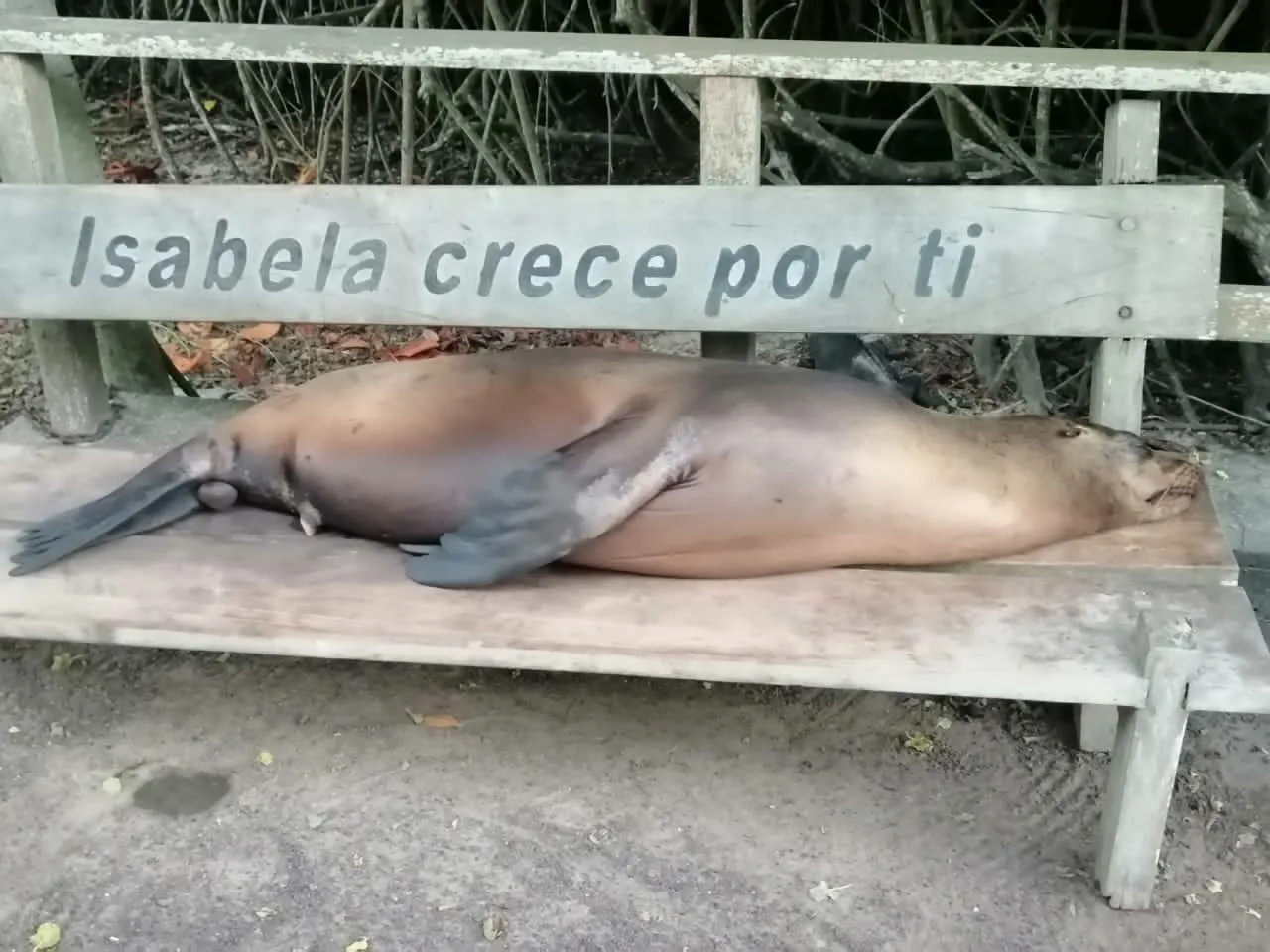
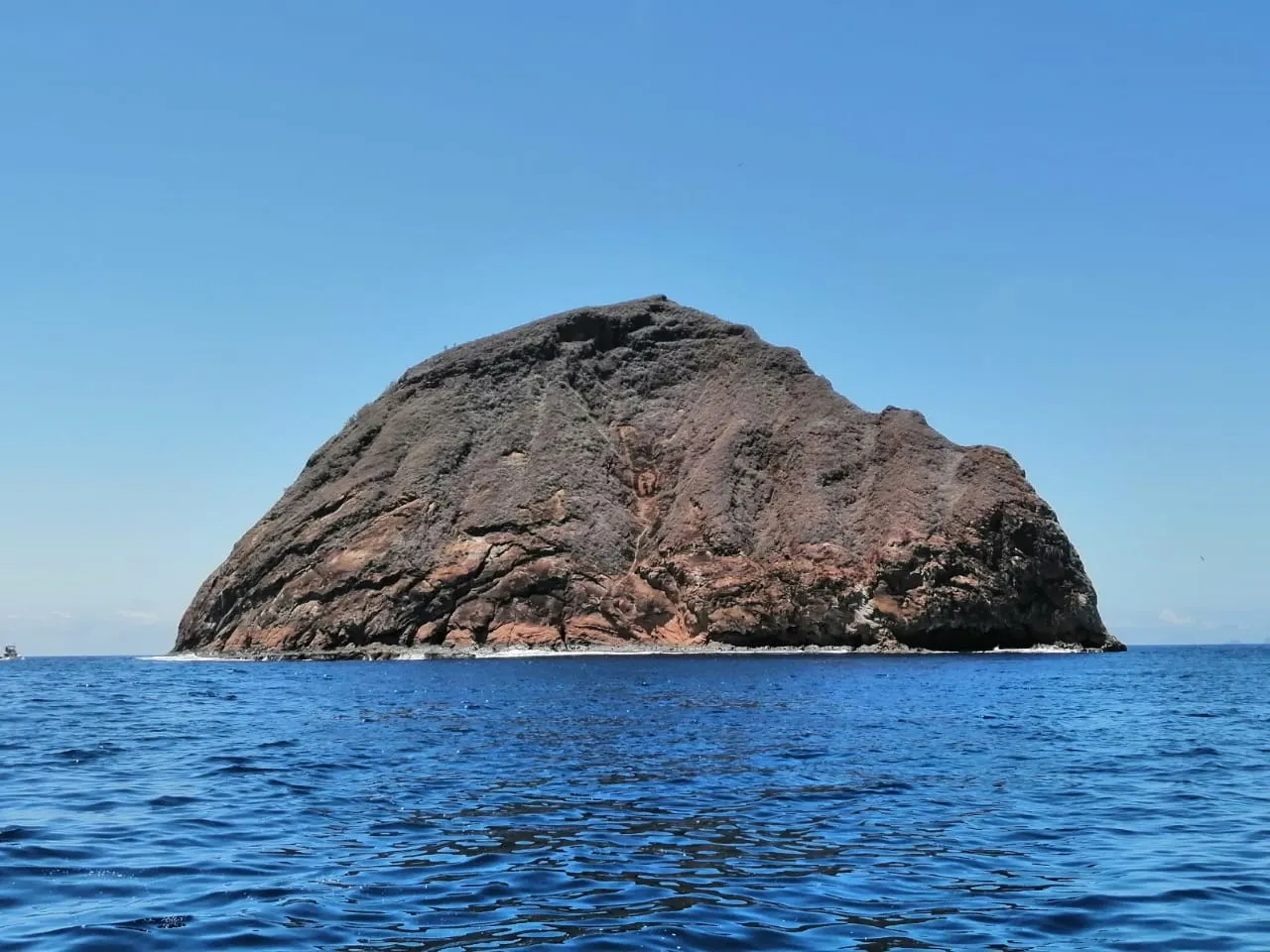
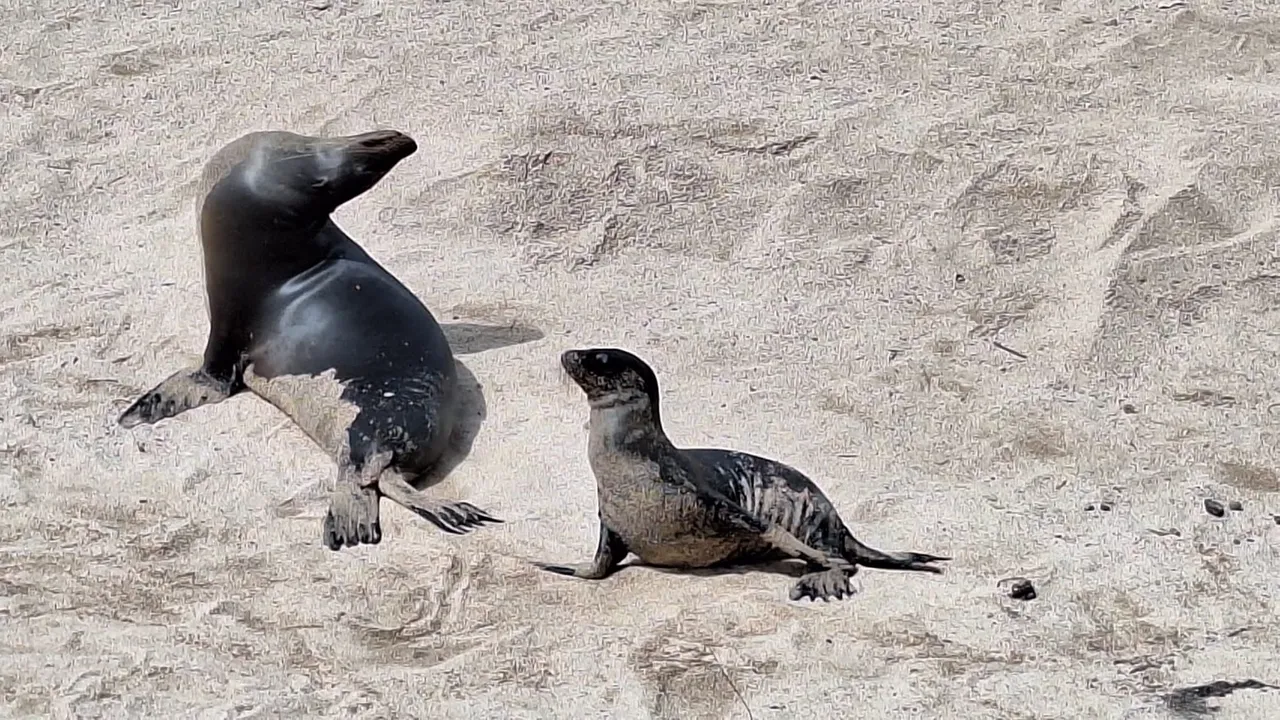
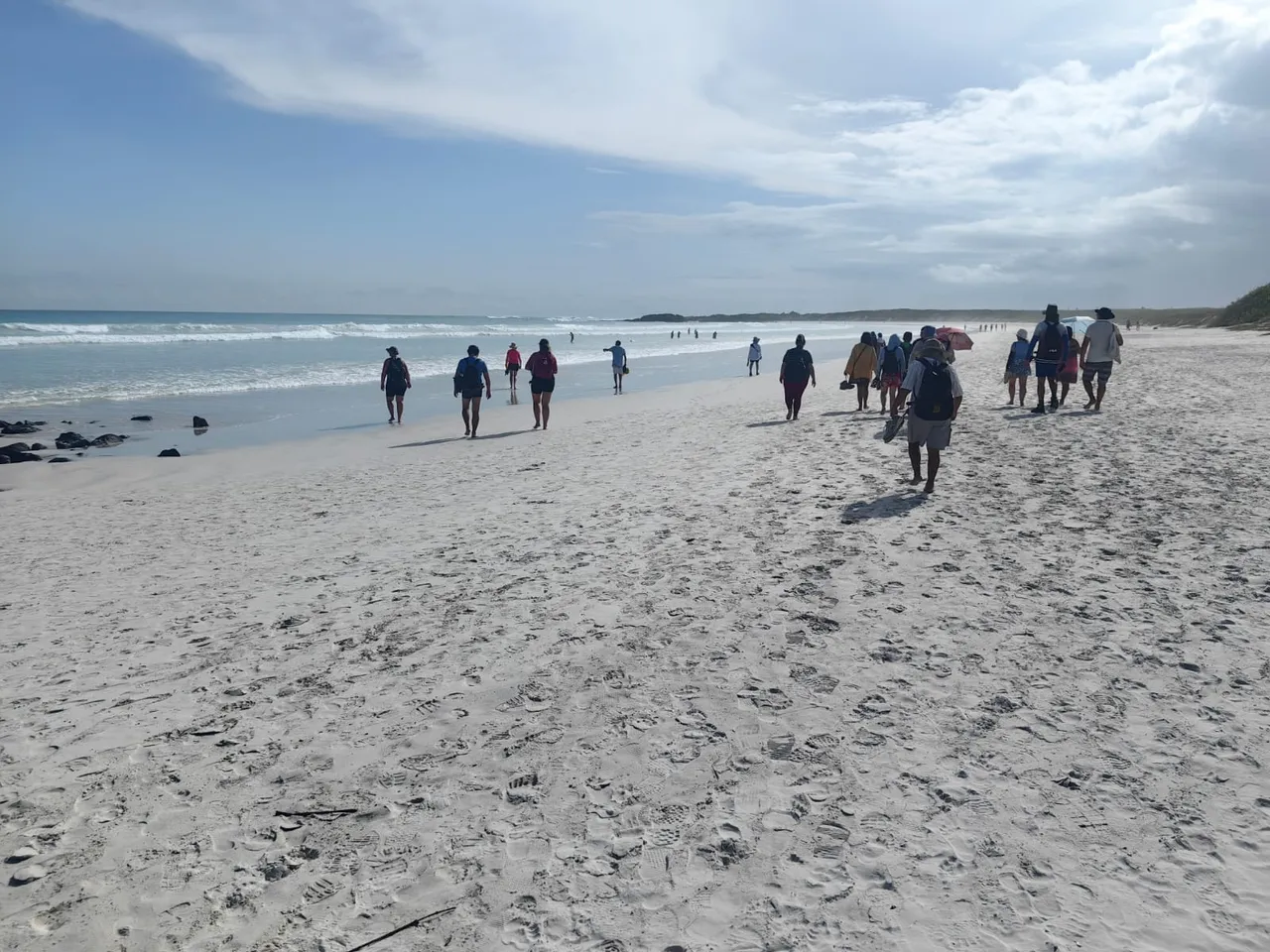

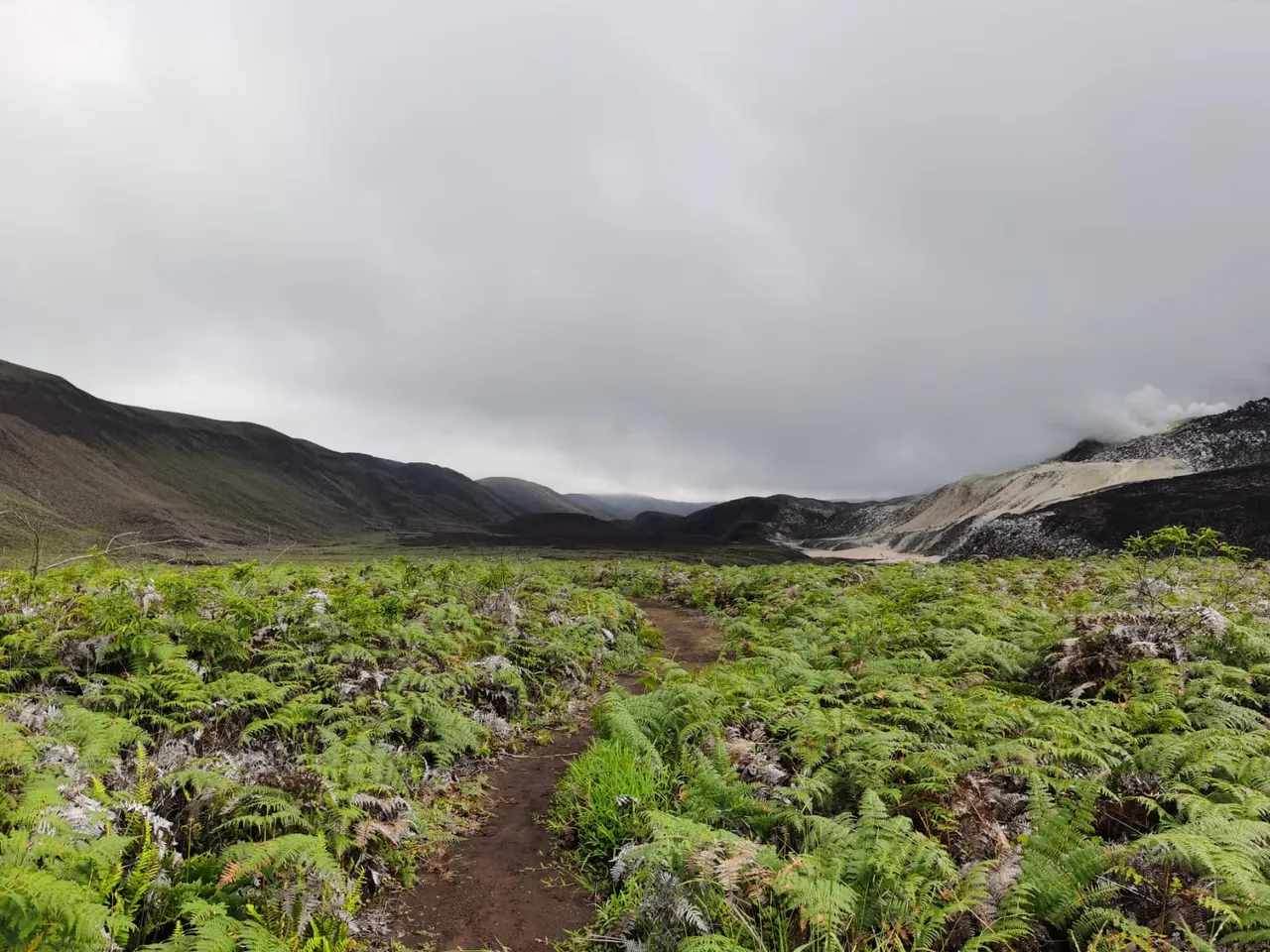
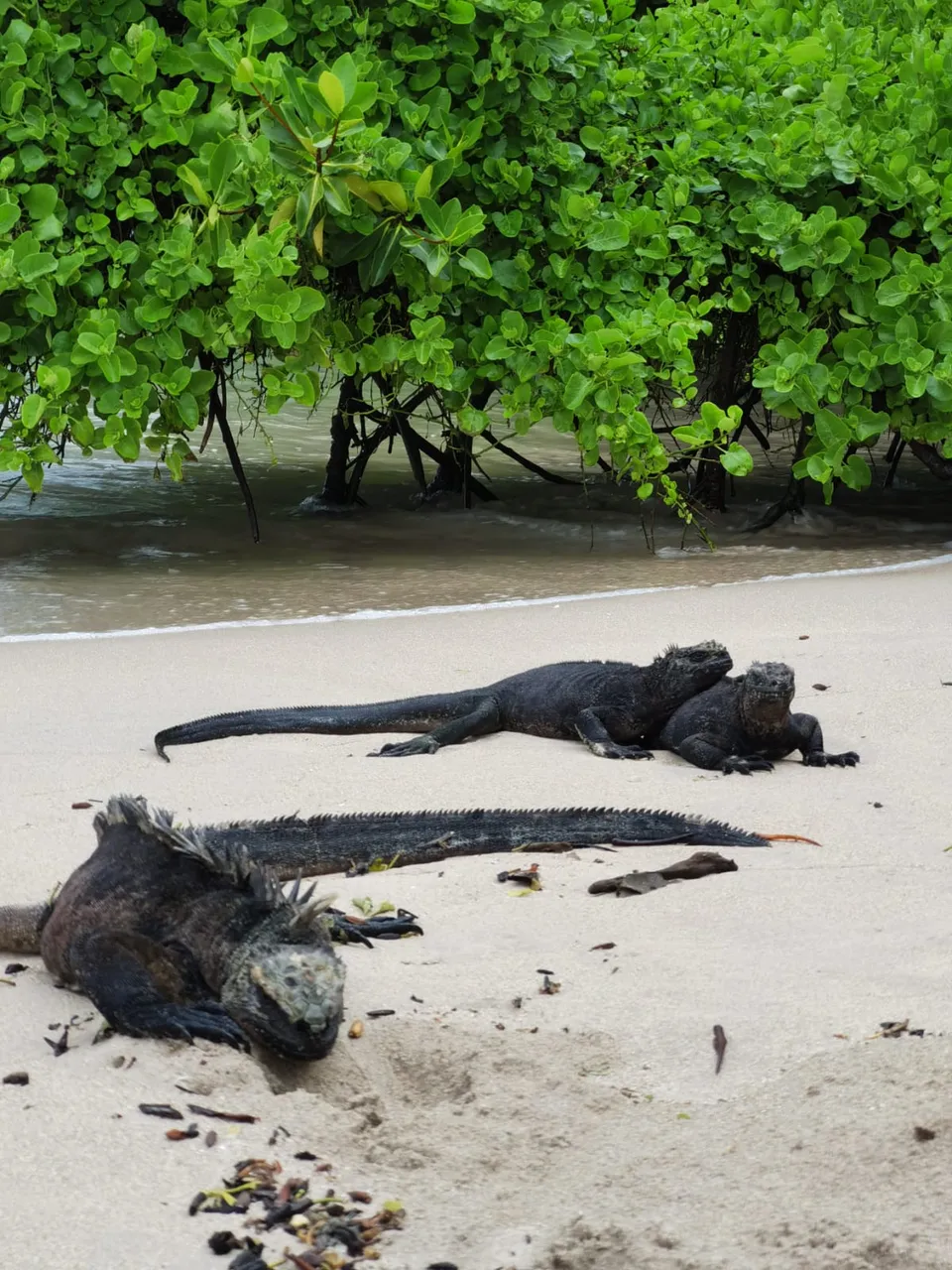
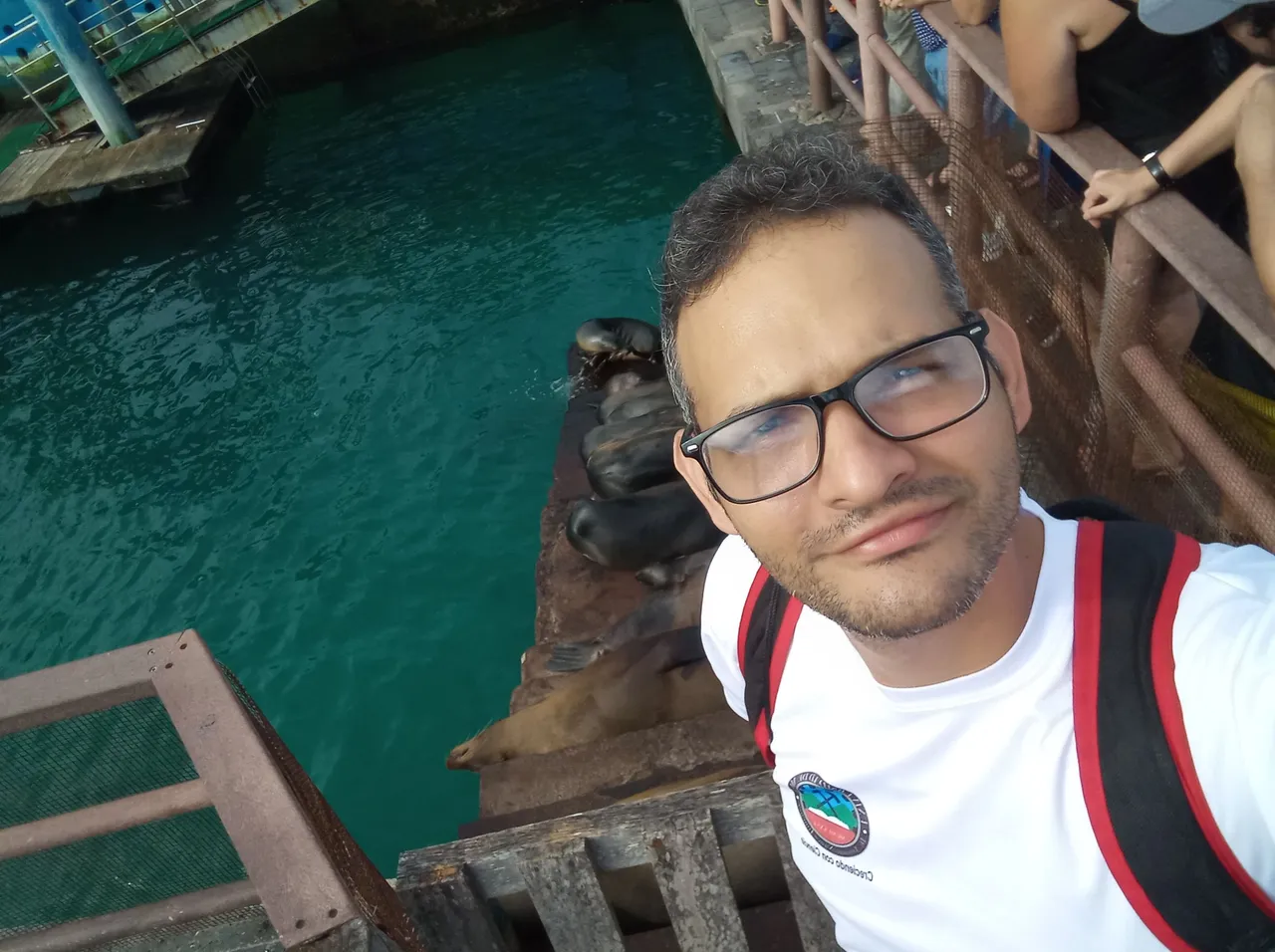
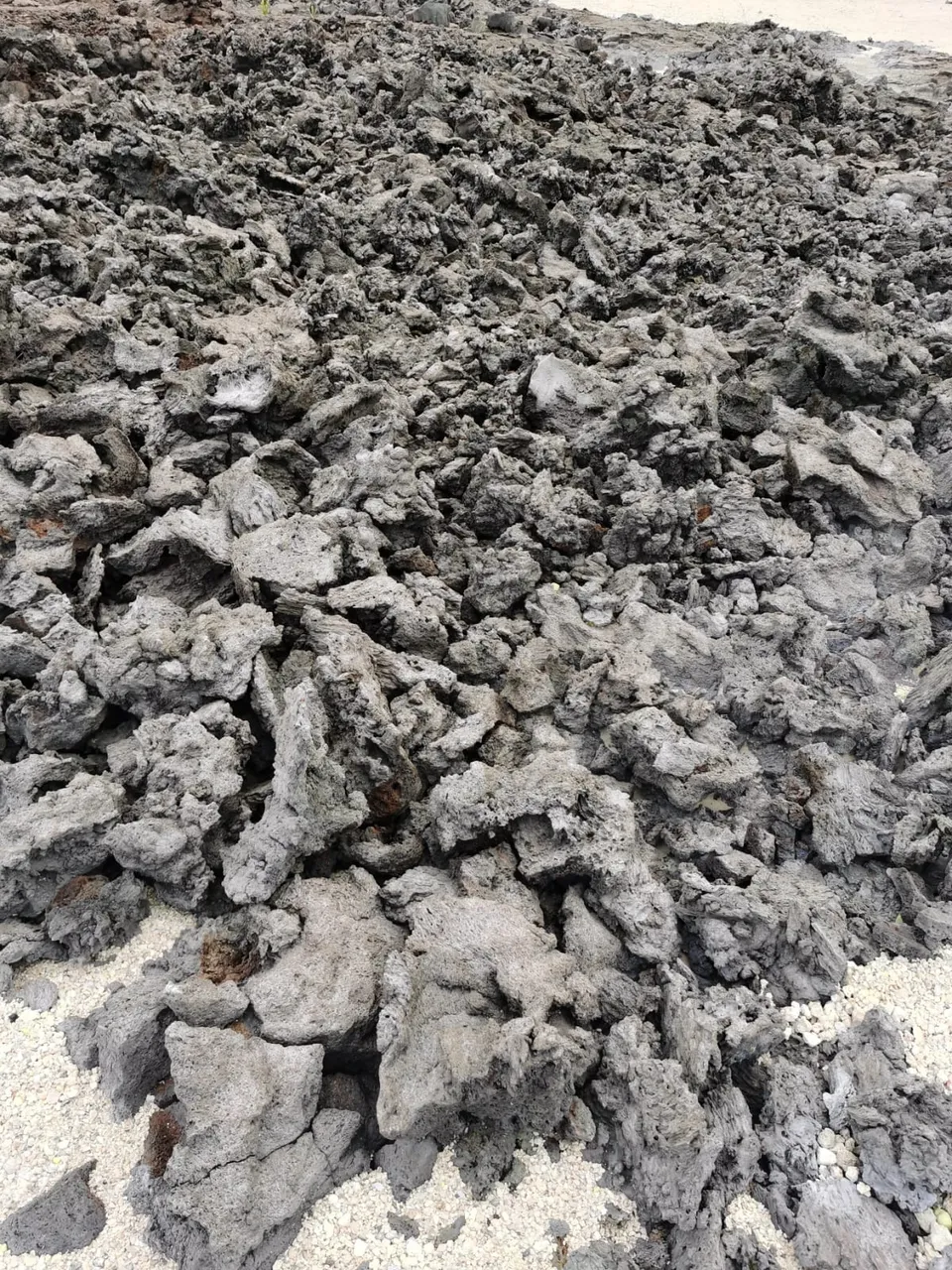
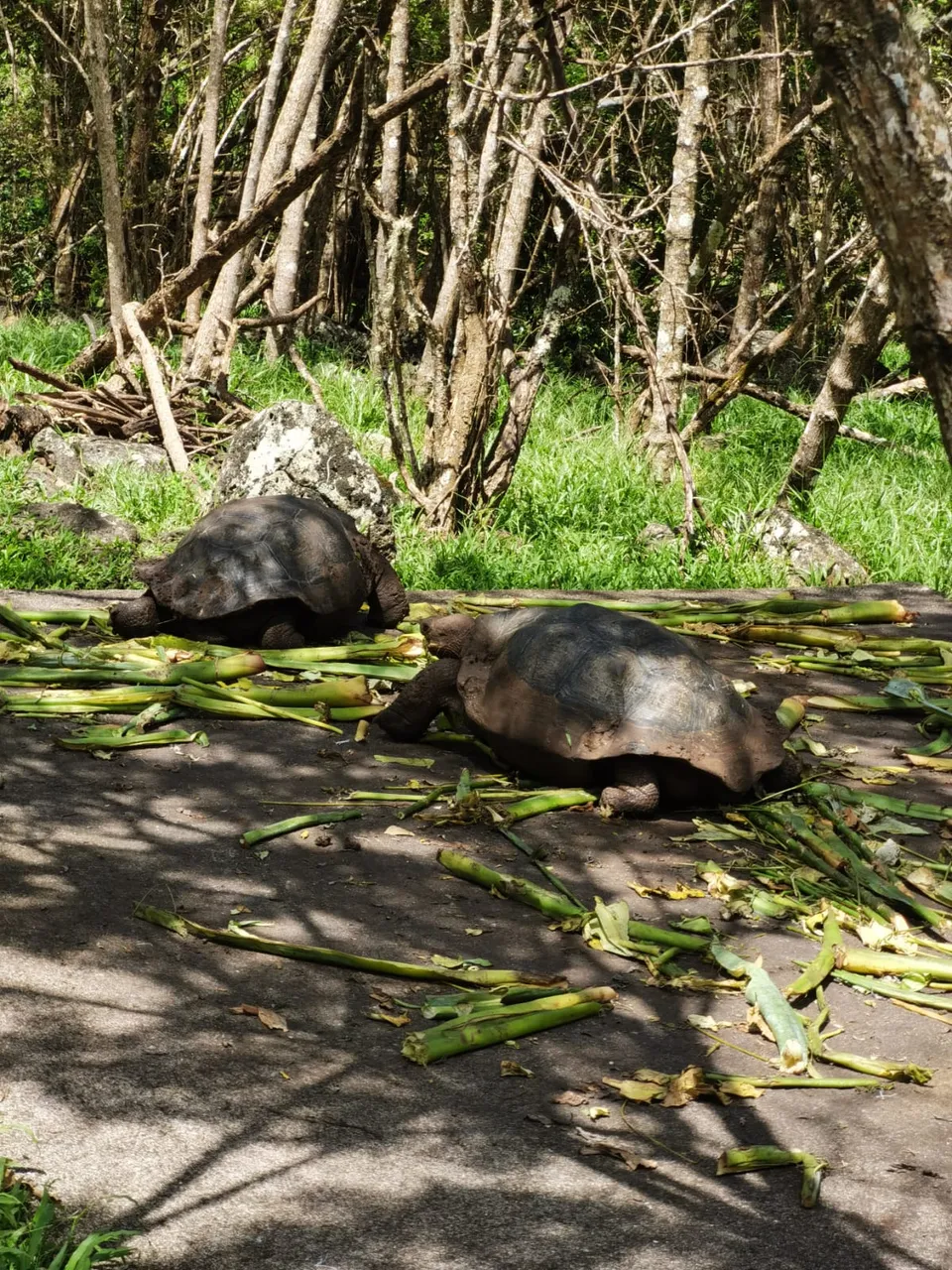
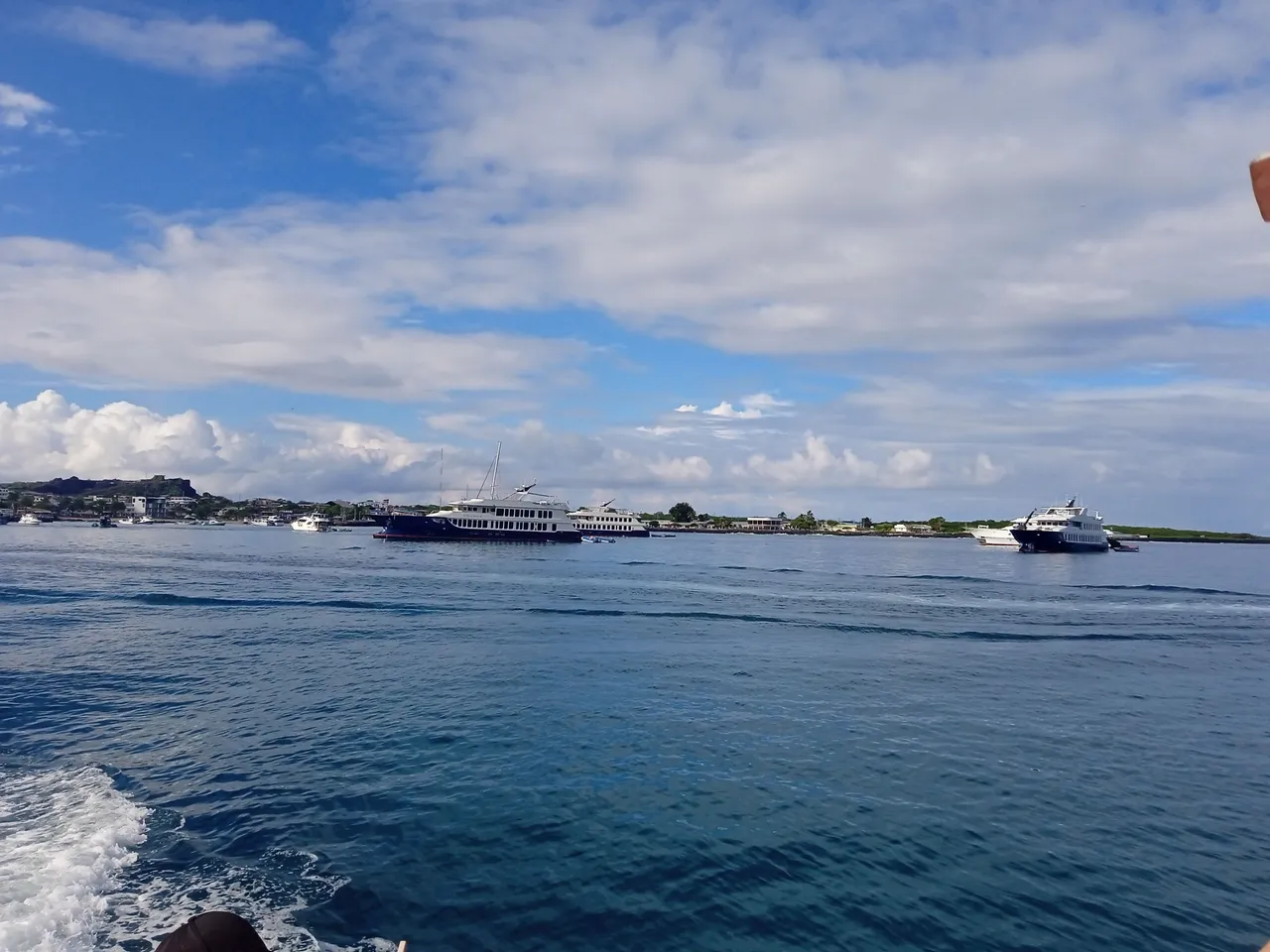

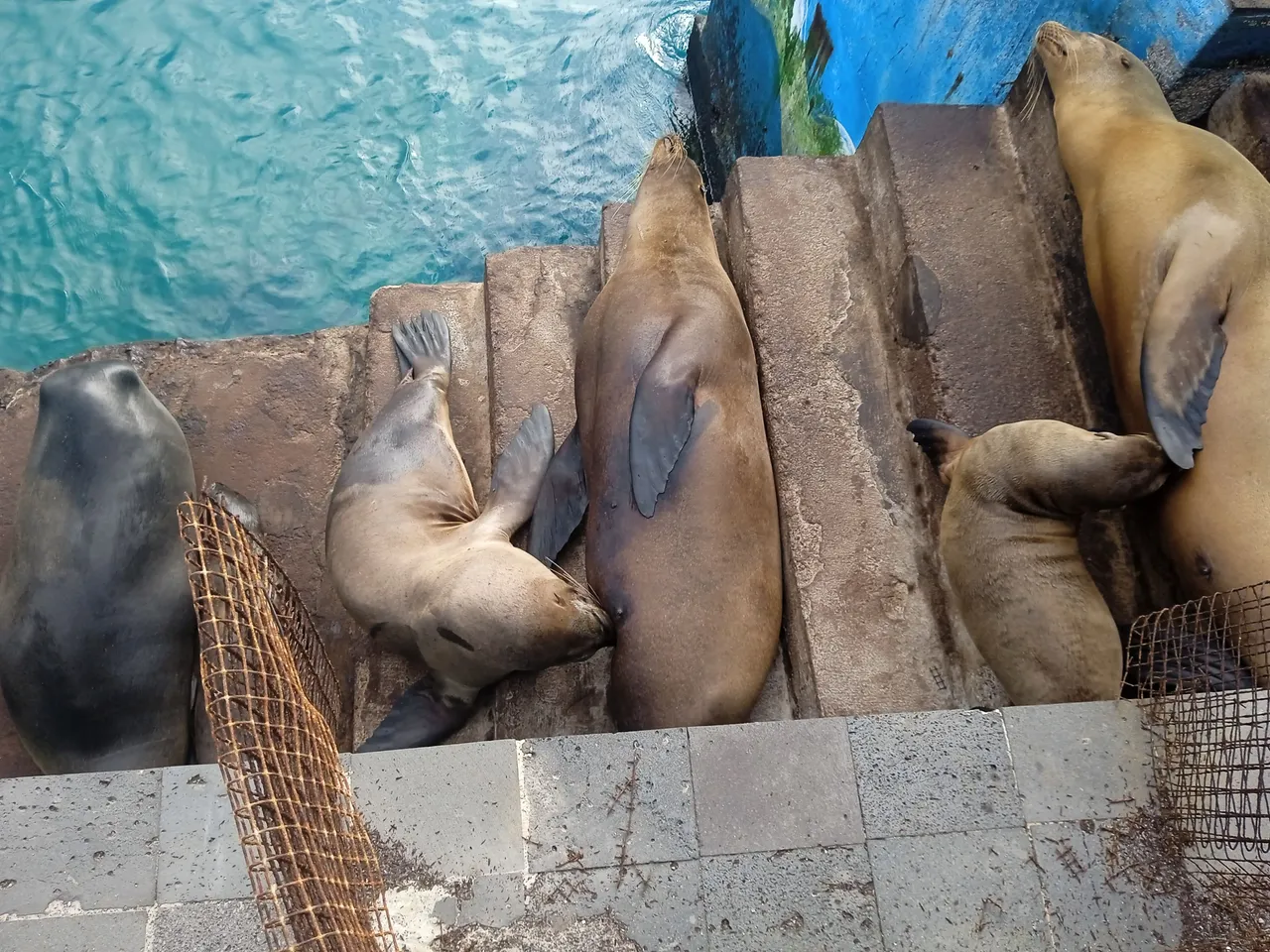
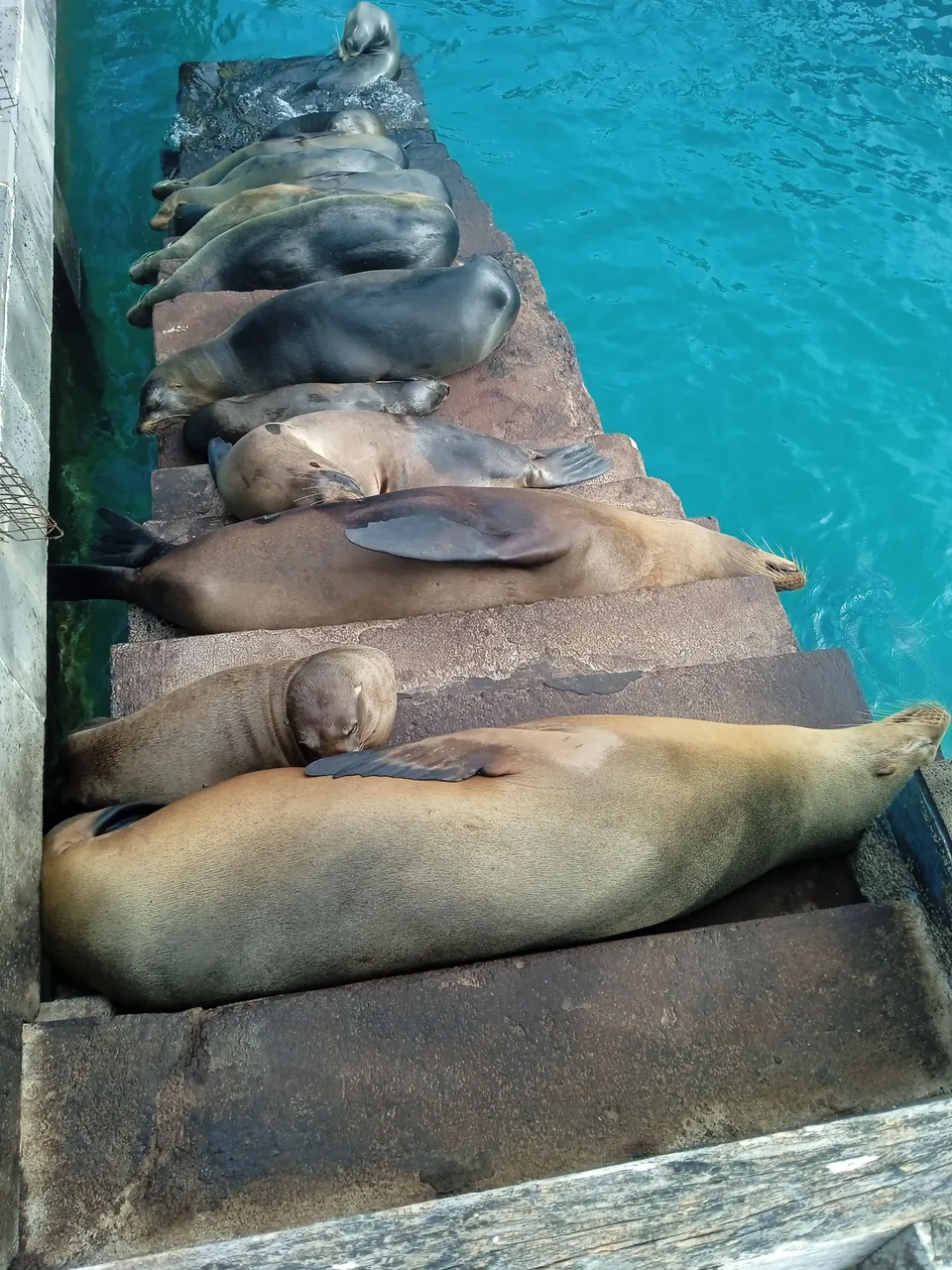
English Version - Click here!
Sulfur Mines: Walking on the Volcano's Breath
Isabela's geological gem is the Sulfur Mines in Sierra Negra. After a truck ride from Puerto Villamil, a 3-hour hike takes you to the western flank of the volcano. The spectacle is surreal:
Fumarols spewing steam at 250°C, with a sound similar to a giant cauldron.
Bright yellow sulfur crystals, formed by the condensation of volcanic gases over millennia.
Panoramic views of Wolf and Darwin volcanoes, especially in April, when the morning fog dissipates.
Essential tip: Wear hiking boots (the rock is sharp) and a gas mask. The rotten egg smell (sulfur!) is intense, but seeing the Earth "breathe" is worth every step. In addition, corrosion can affect cameras and cell phones; be careful not to expose them without protection. White Sand Beaches: Paradise After Lava Hell
Behind the volcanic darkness, the contrast is sublime. Isabela has the most pristine and extensive beaches in the Galapagos:
Puerto Villamil: 5 km of talcum-white sand, fringed by palm trees. At sunset, pink flamingos filter into nearby brackish lagoons, creating surreal postcards.
Lover's Beach: White sand where marine iguanas dig nests in the sun. Don't touch the eggs! They are crucial to this unique population.
Concha de Perla: A bay of calm waters next to the pier. Here, sea lions play with snorkelers, and Galapagos penguins (the only ones in the Northern Hemisphere) dive among red mangroves.
Giant Tortoises: Isabela is home to five different species, one per volcano. At the Arnaldo Tupiza Breeding Center, they raise baby turtles the size of your hand to repopulate threatened areas. Pink Iguanas: Exclusive to Wolf Volcano! Their color is an evolutionary enigma. Scientists believe it is due to pigments from algae they consume at altitudes above 1,500 m.
The Cromwell Current attracts humpback whales, orcas, and dolphins near the west coast in April. Spotting them from Punta Vicente Roca is common!
Isabela holds heart-stopping stories:
Wall of Tears: A 6-meter-high wall built by prisoners (1946-1959) with volcanic rocks. Today it is a monument to suffering, surrounded by trails where settler graves lie.
Santo Tomás Archaeological Site: Ruins of 19th-century sulfur mines. Settlers attempted to extract this mineral for export, but water scarcity and extreme heat truncated the project.
Isabela faces critical challenges:
Invasive species: Goats and rats threaten turtles and pink iguanas. Eradication programs have restored 60% of habitats.
Mangrove Finch: Only 100 individuals remain in southern wetlands. Their survival depends on controlling invasive mosquitoes.
Responsible tourism: Walk only on marked trails (young lava burns!) and use mineral sunscreen to avoid damaging corals.


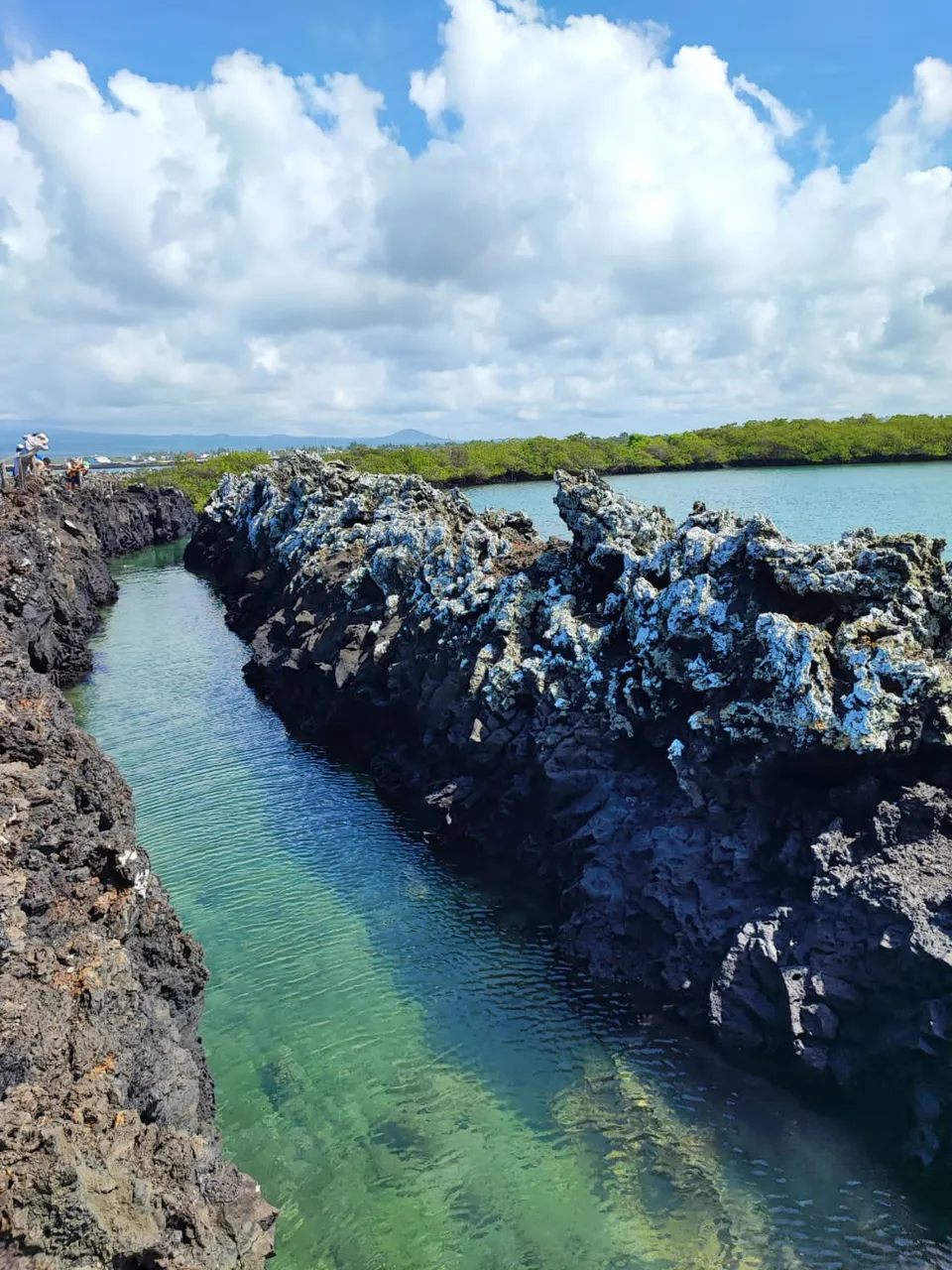
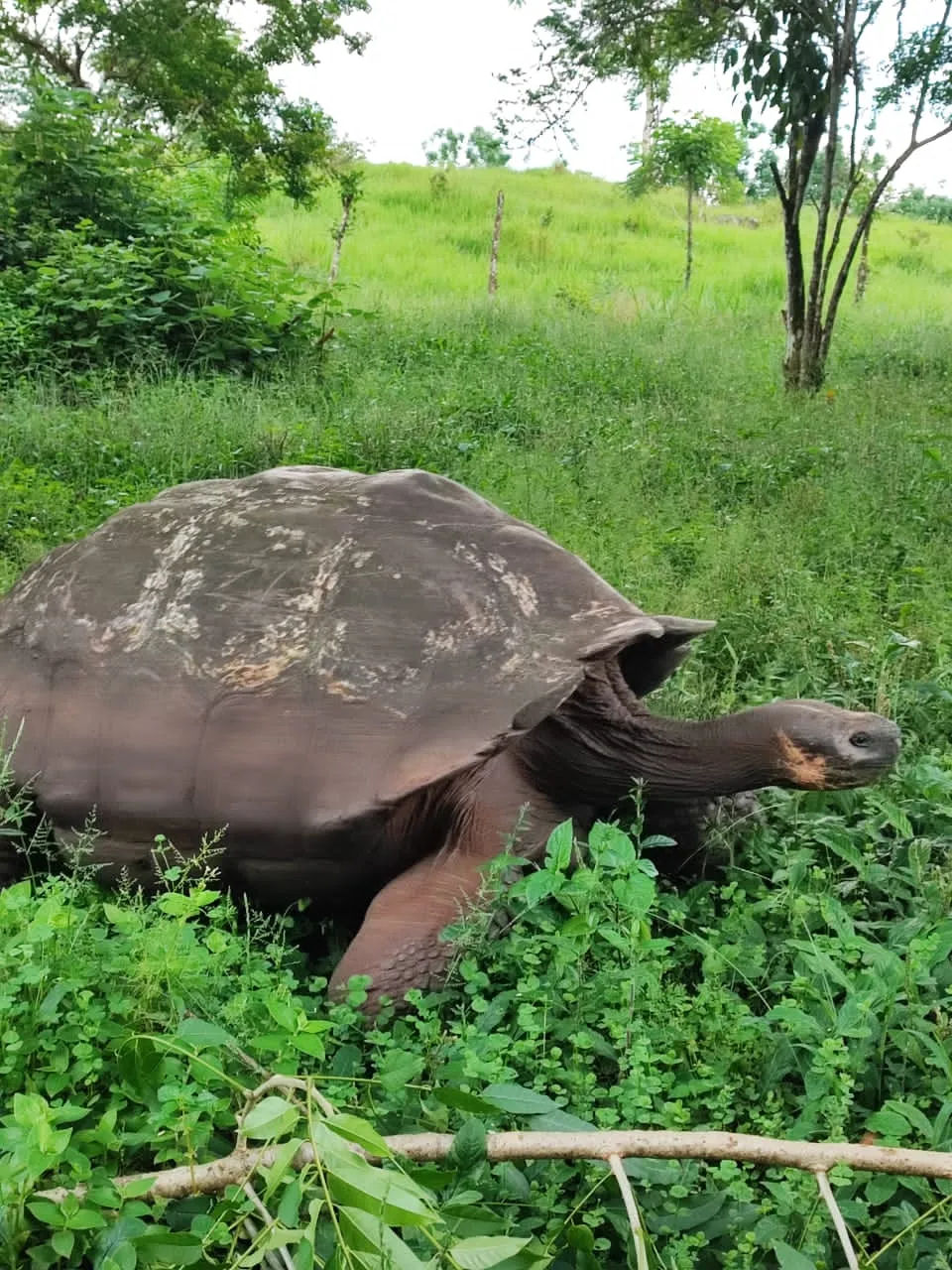
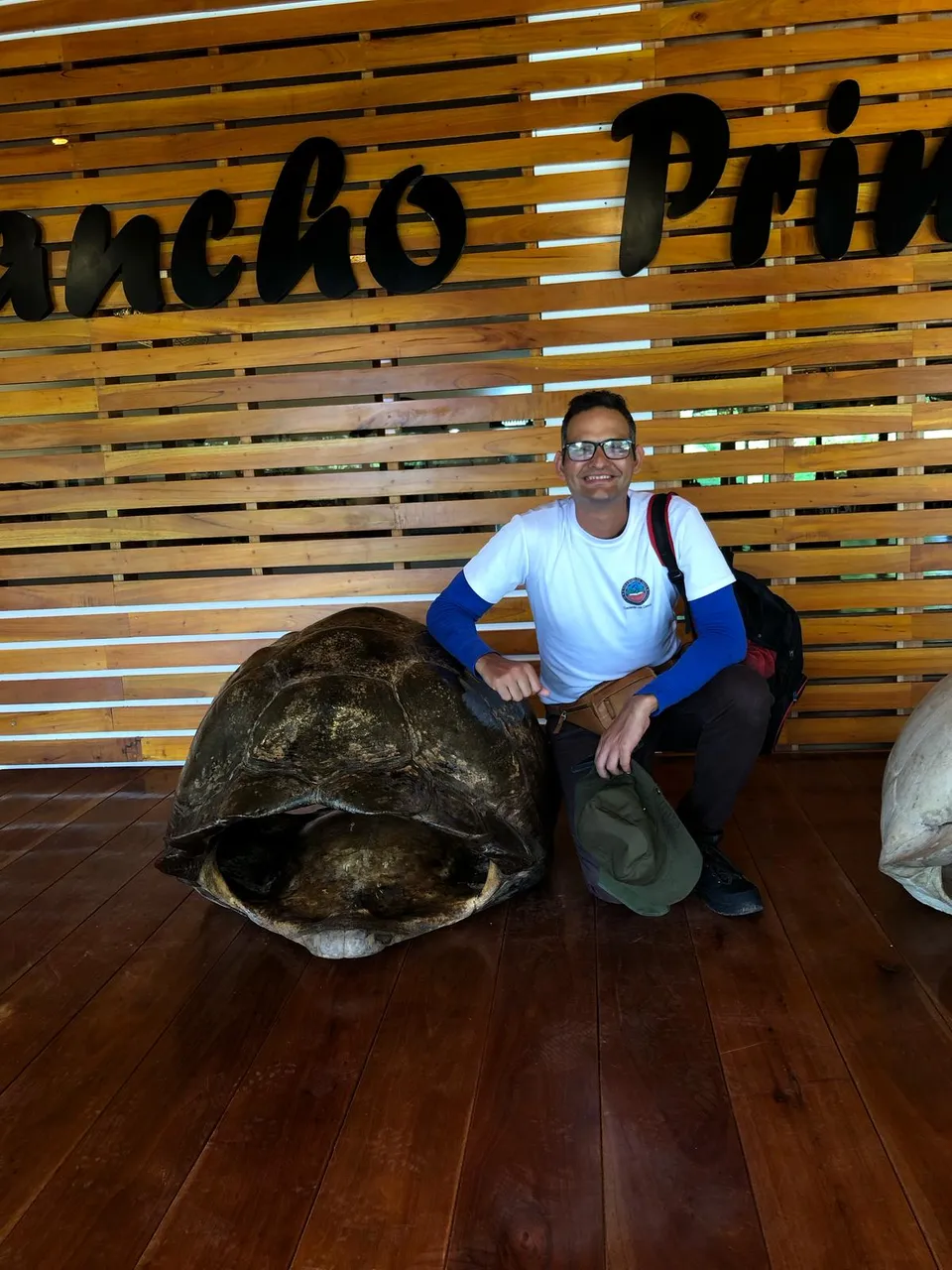

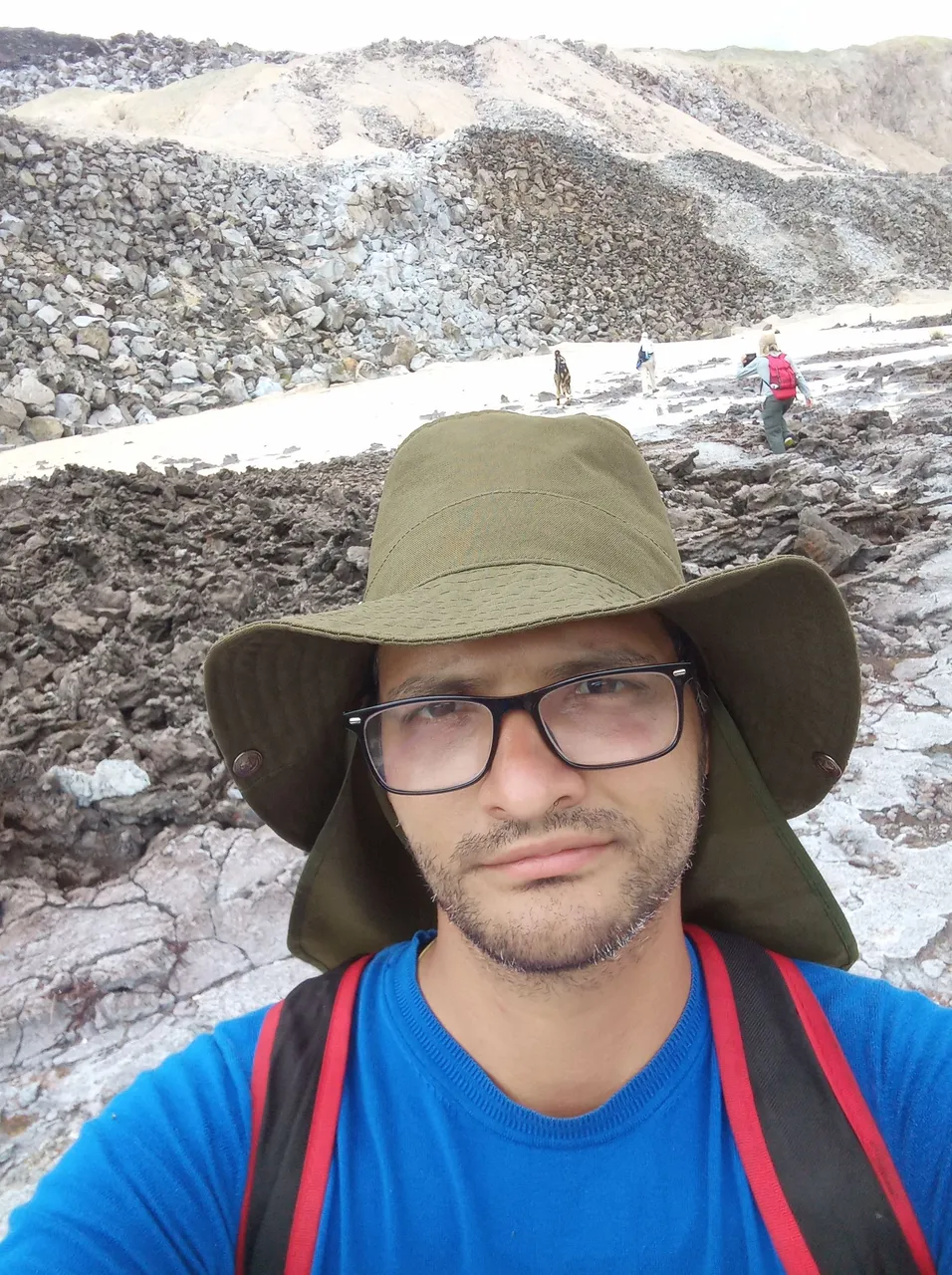
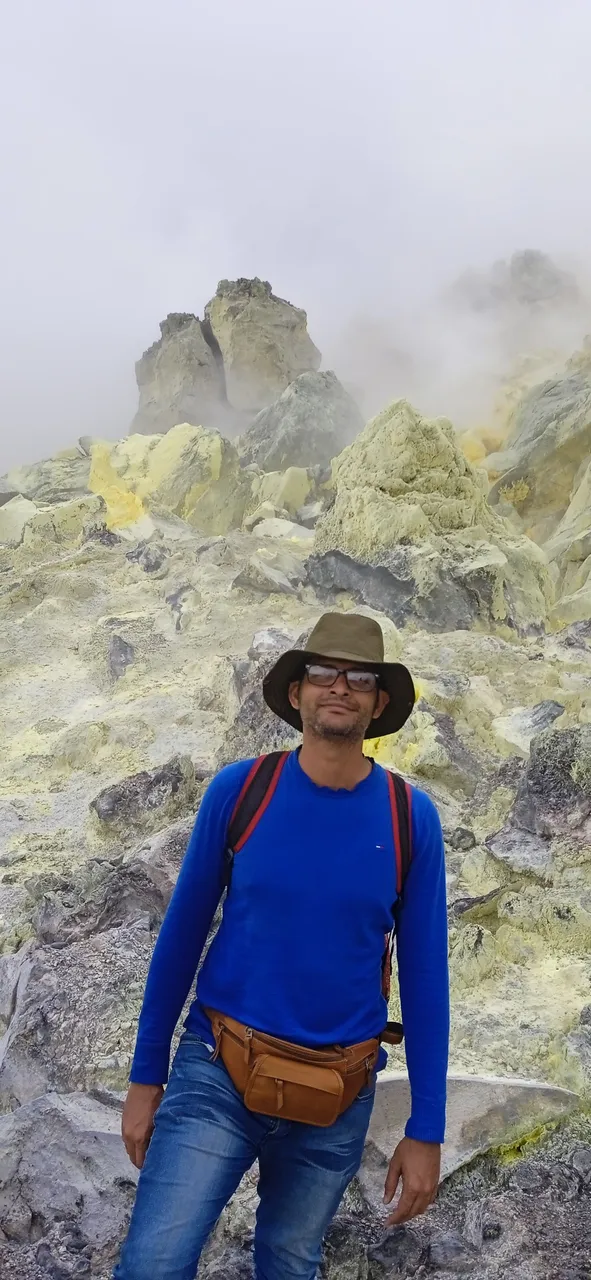
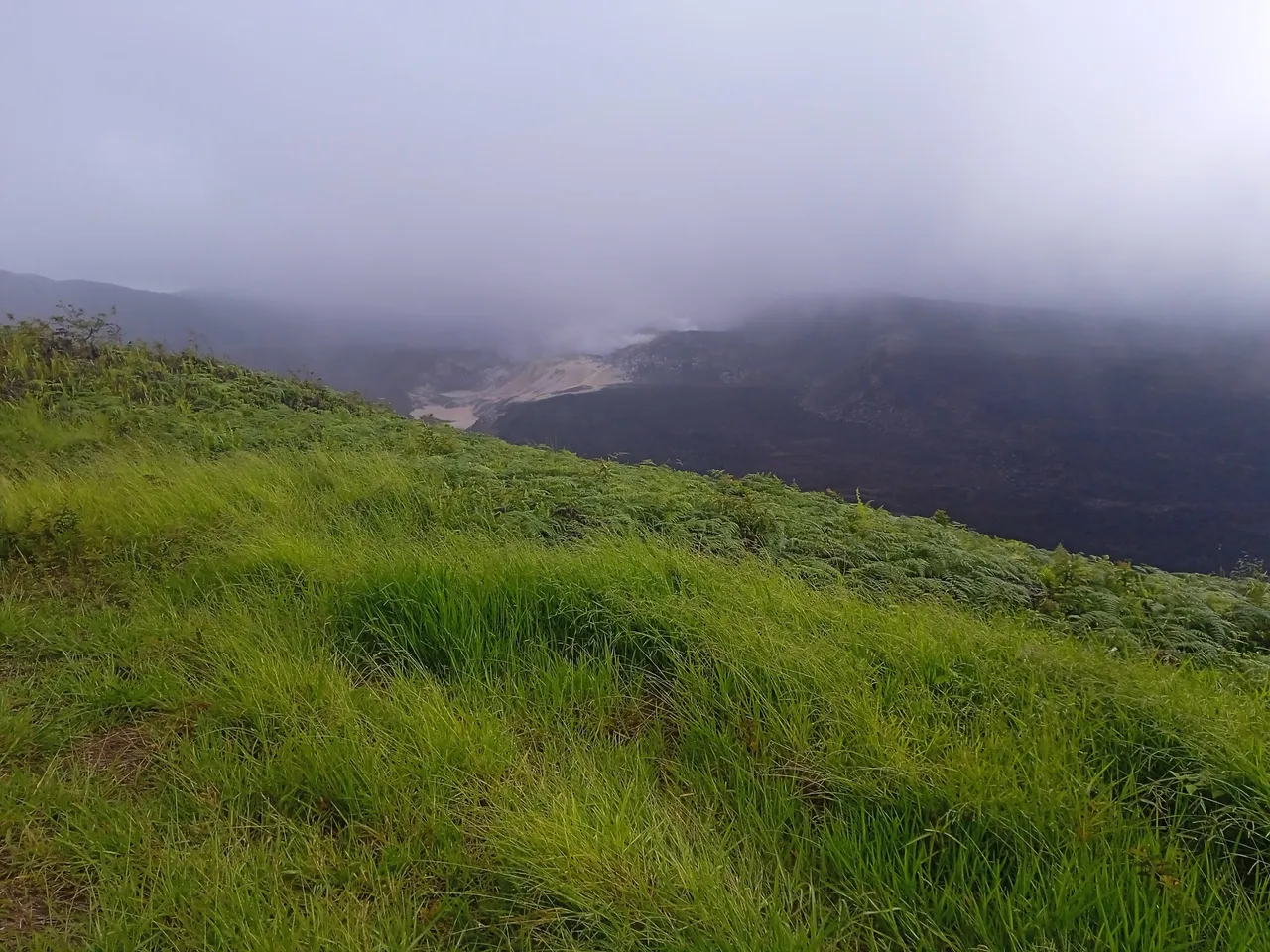
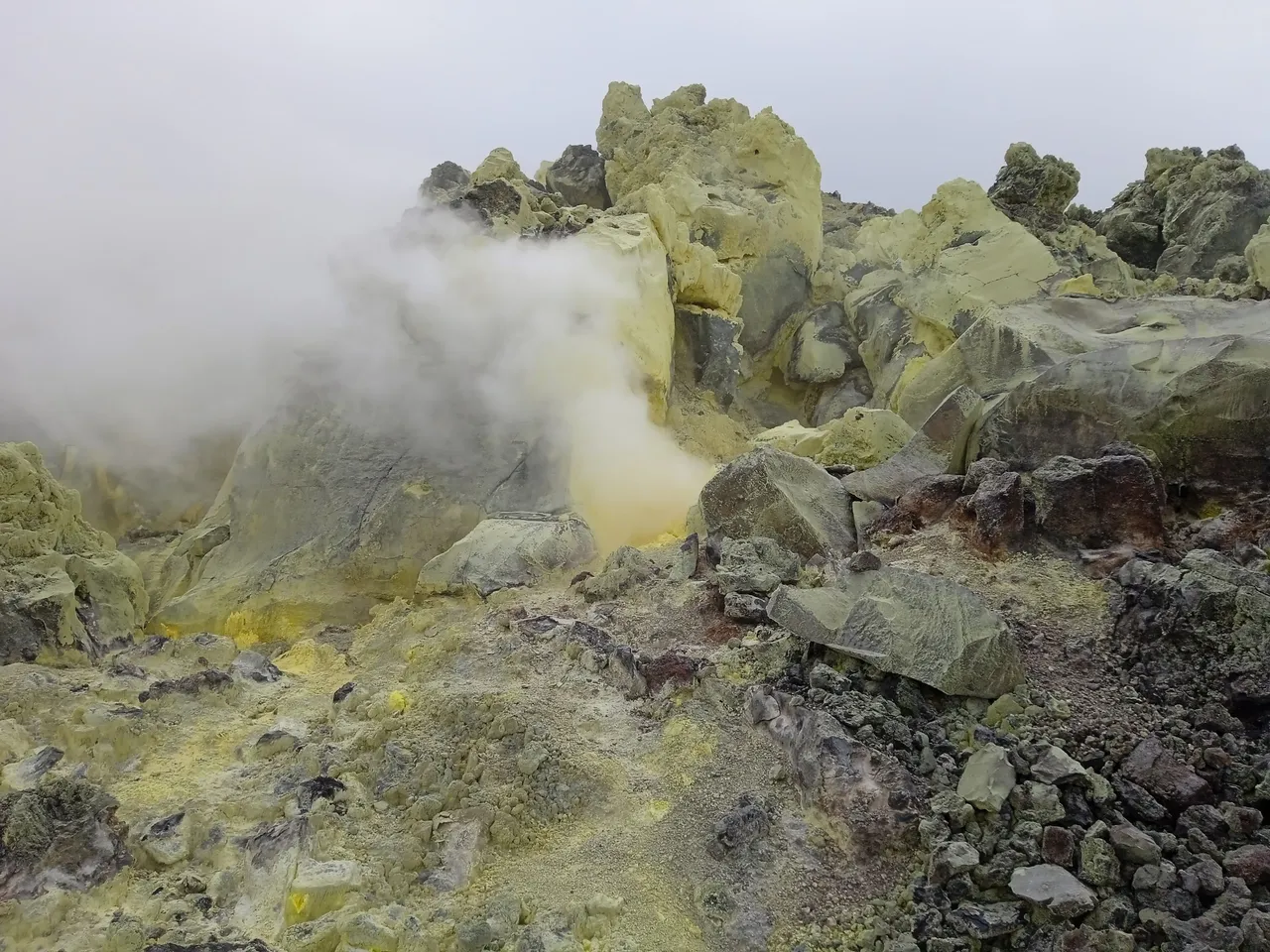
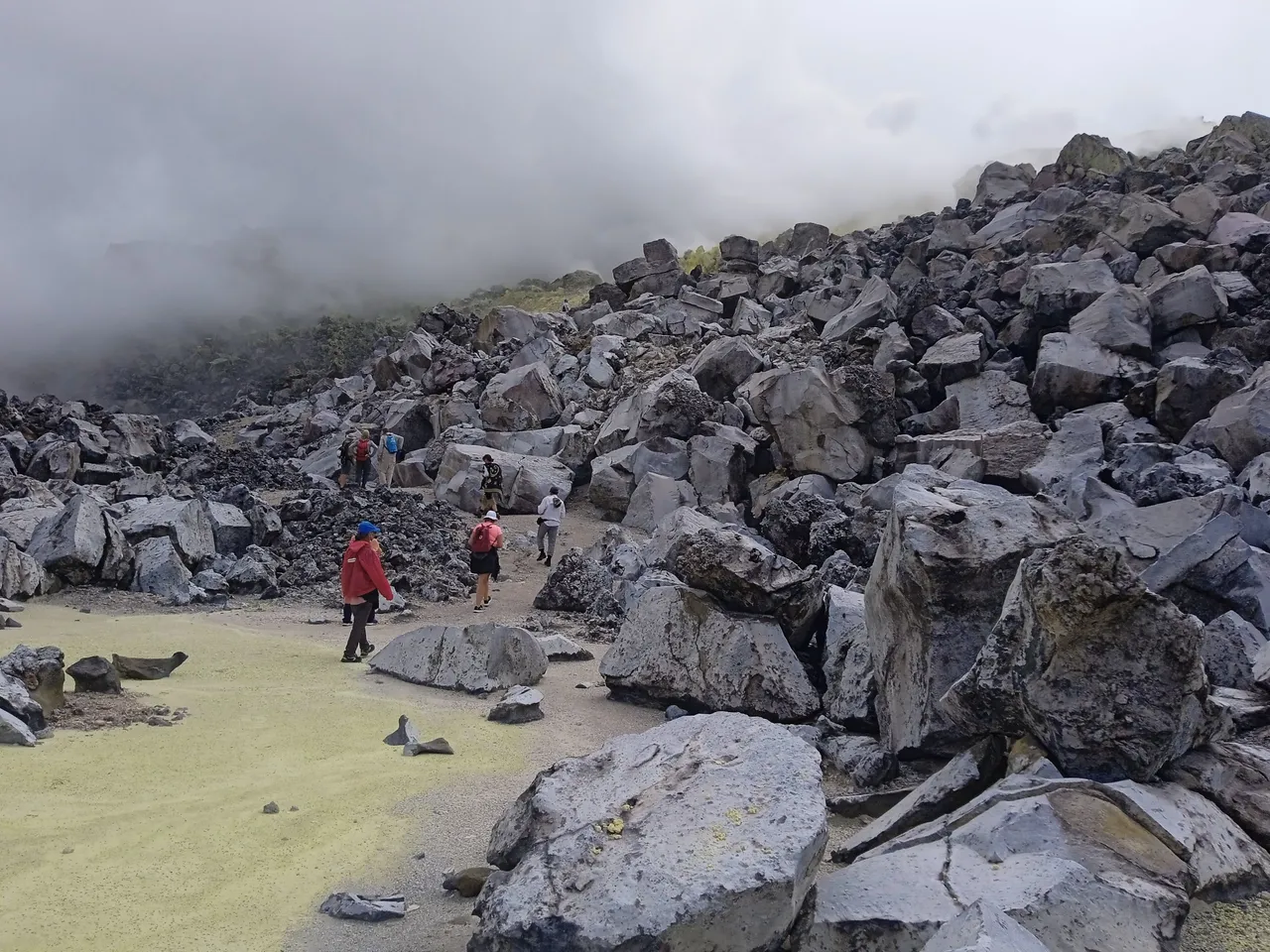
Si van en abril, vivirán el milagro de la vida: tortugas marinas eclosionando al ritmo de olas que besan arena blanca, mientras los volcanes murmuran historias de fuego bajo sus pies.
"Isabela no se visita: se experimenta con todos los sentidos. Es recordar que, en algún lugar remoto, la Tierra aún decide su forma."
English Version - Click here!
Isabela is the geological soul of the Galapagos. Seeing active fumaroles next to pristine beaches, or pink iguanas climbing craters, makes you witness the ongoing creation of the world. But this giant is fragile: every visit must be a pact with the planet.
If you go in April, you will experience the miracle of life: sea turtles hatching to the rhythm of waves lapping at white sand, while volcanoes murmur stories of fire beneath your feet.
"Isabela is not something you visit; it is something you experience with all your senses. It is a reminder that, in some remote place, the Earth is still determining its shape."

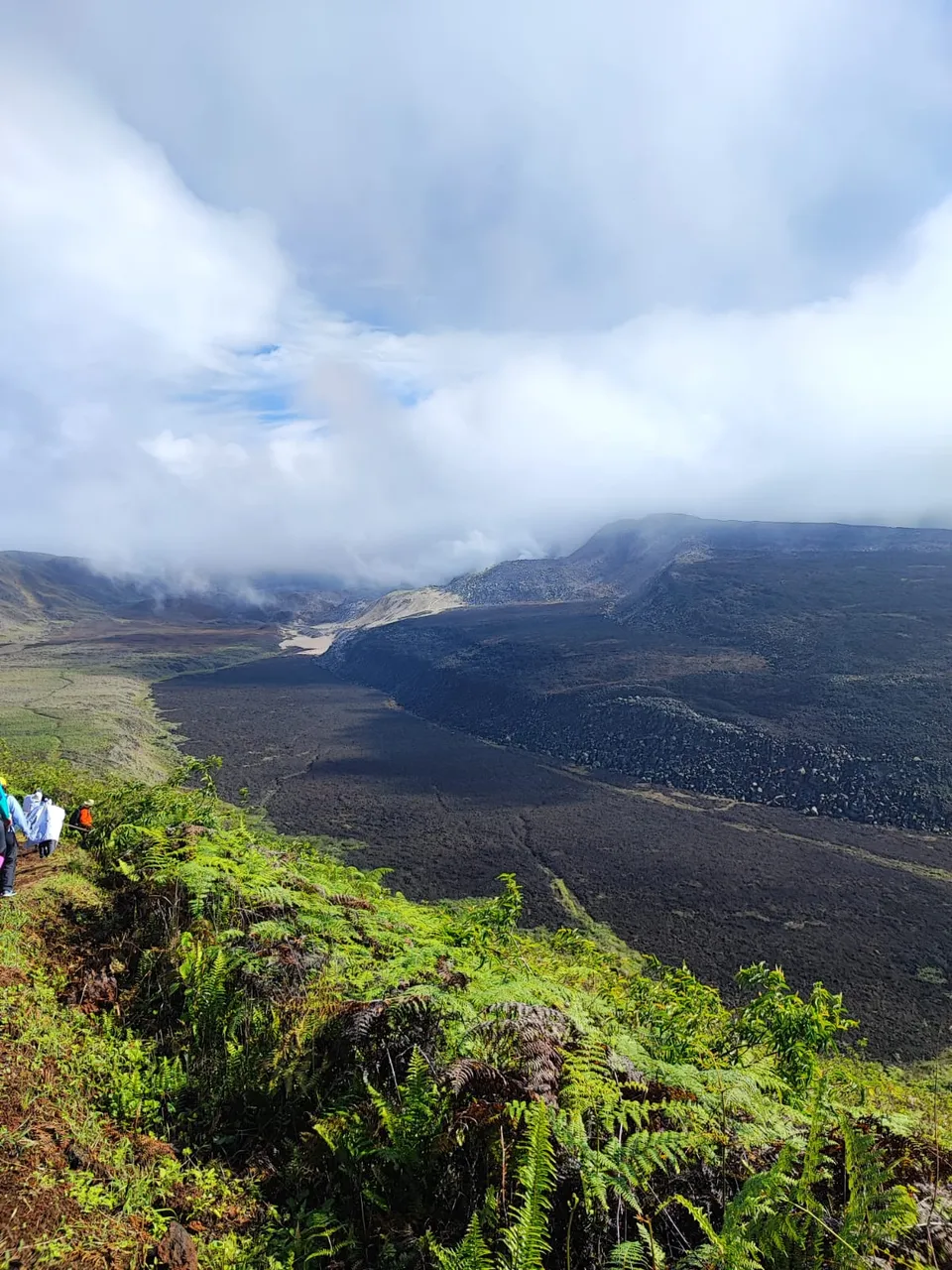
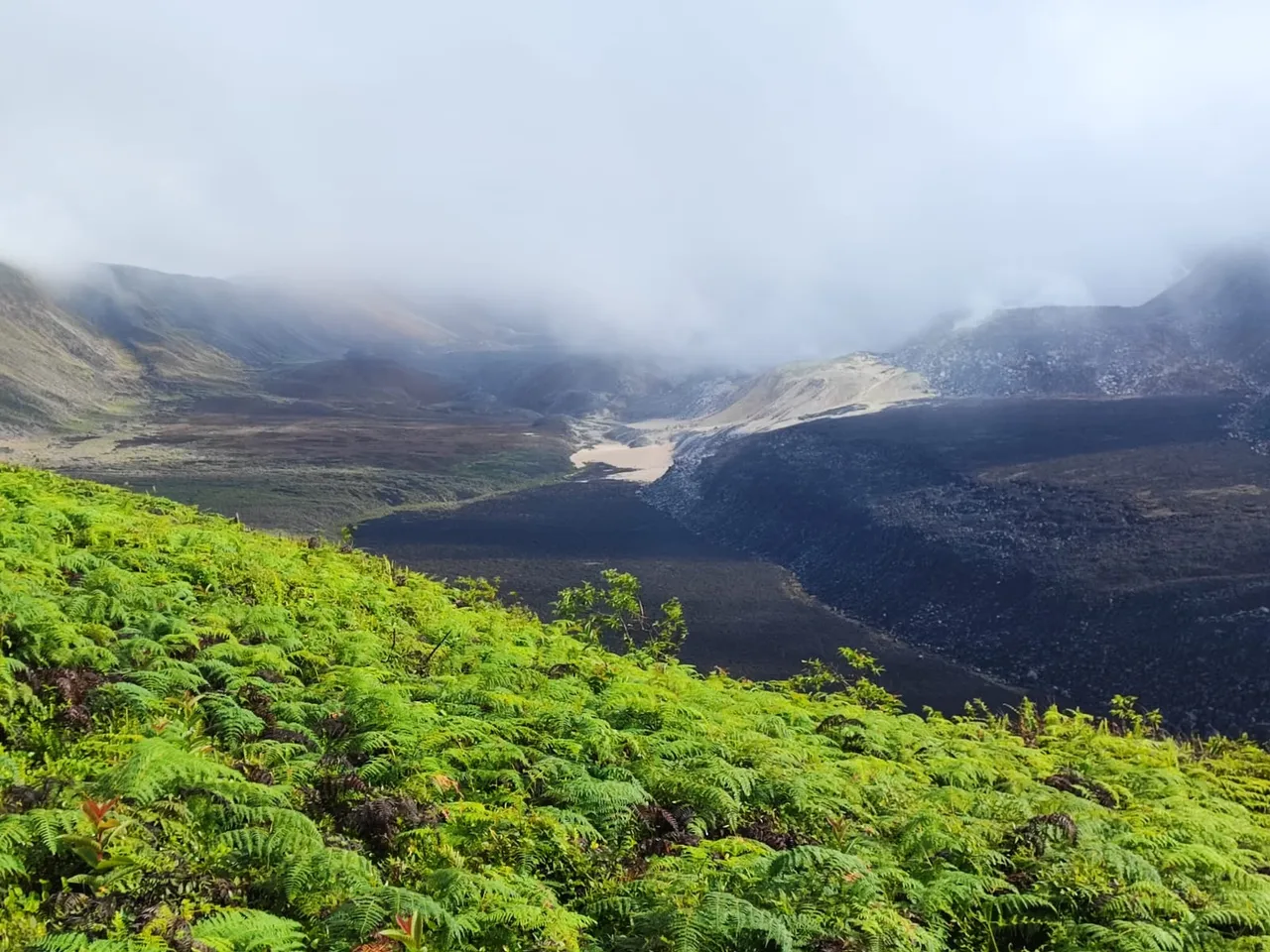
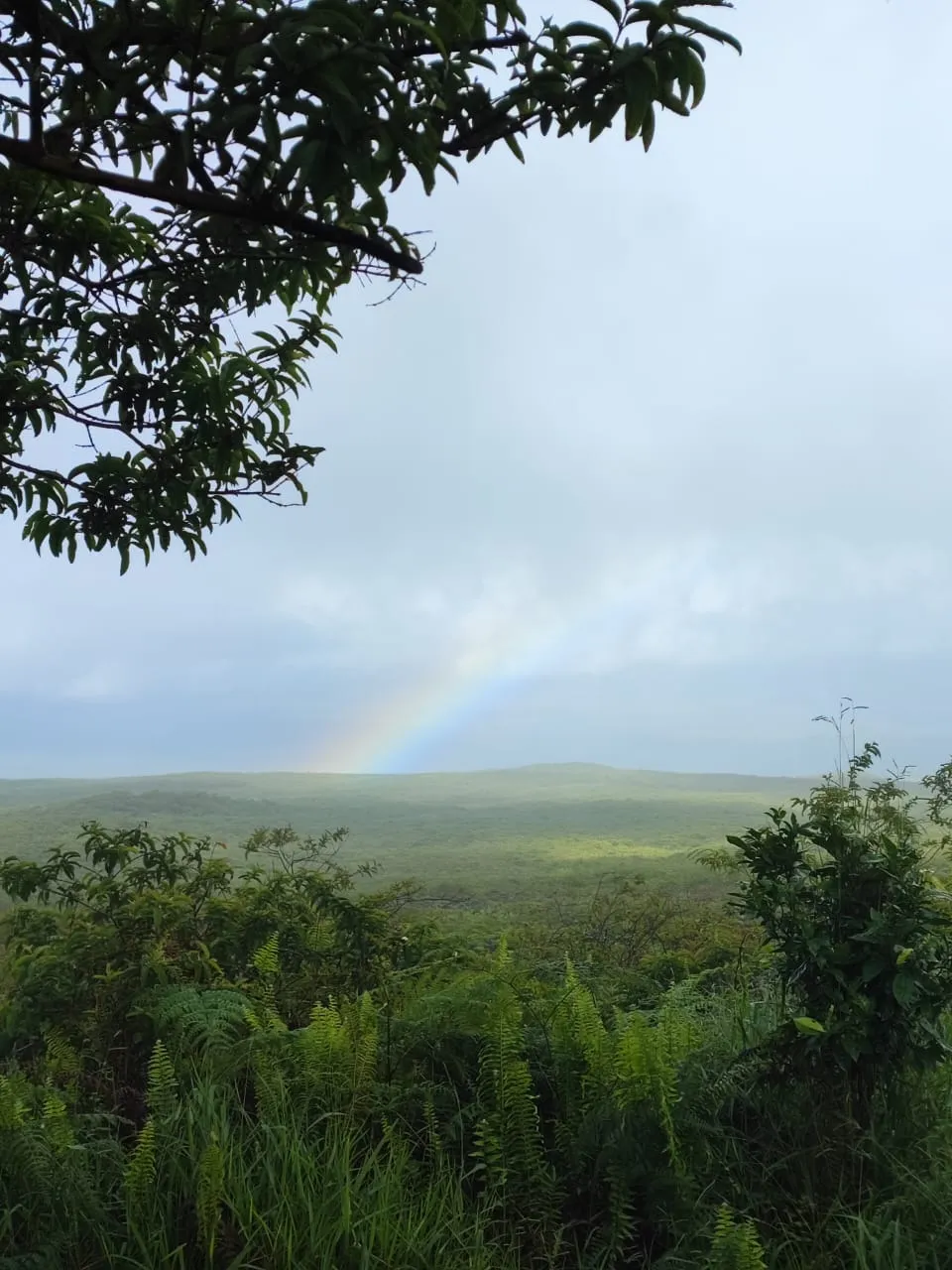
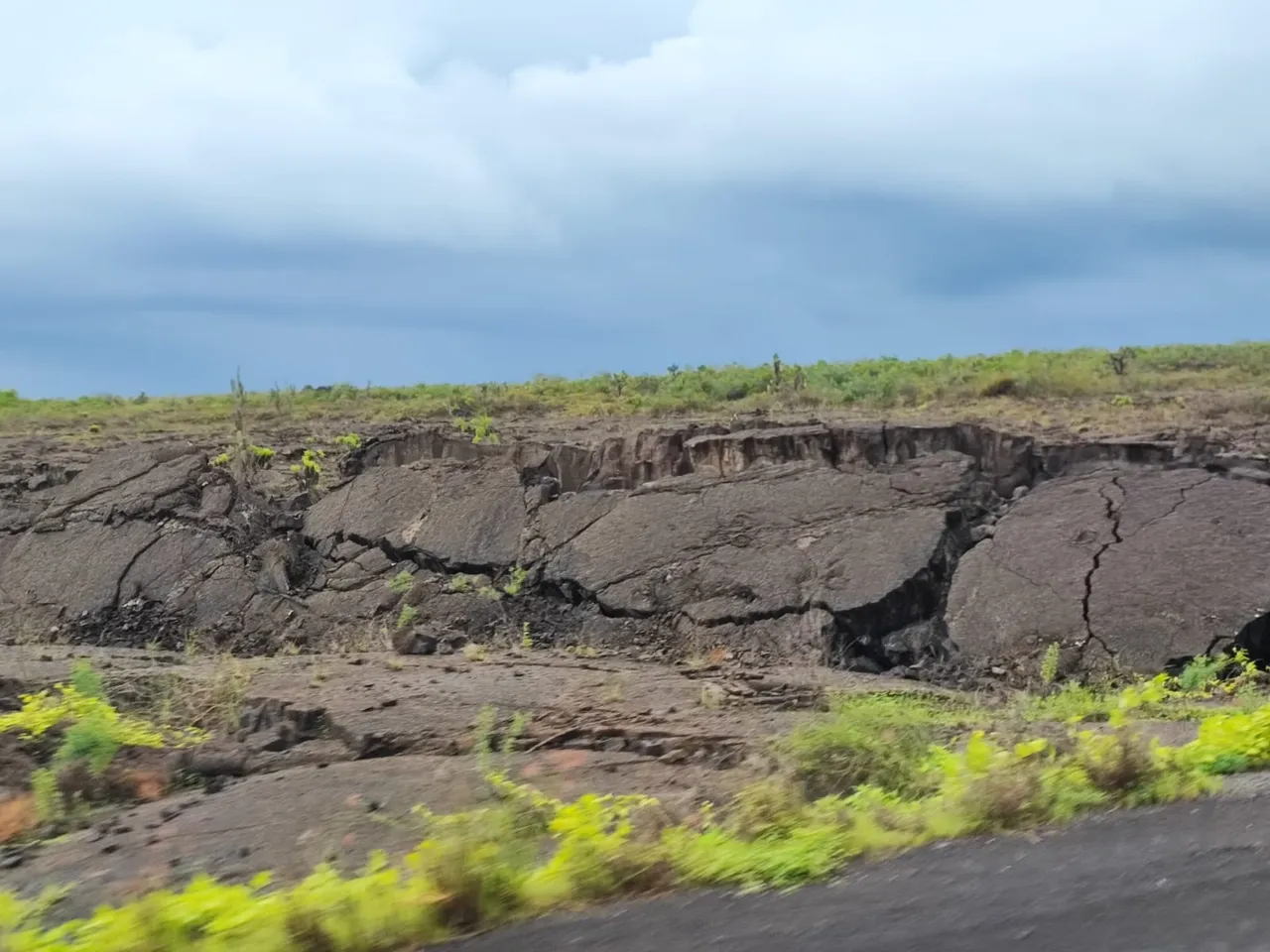
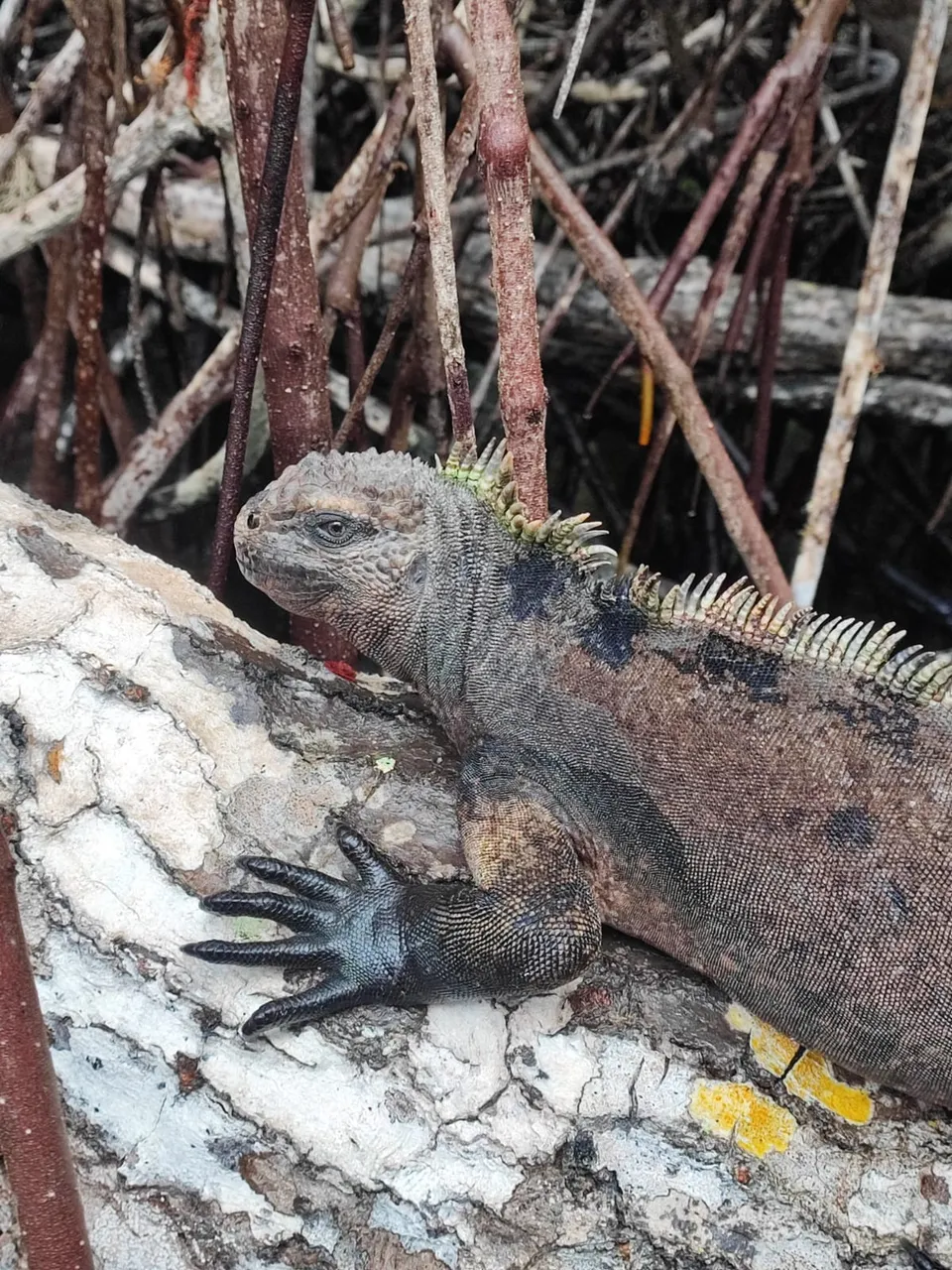
Todas las imágenes fueron tomadas por este servidor / All images were taken by this author.
